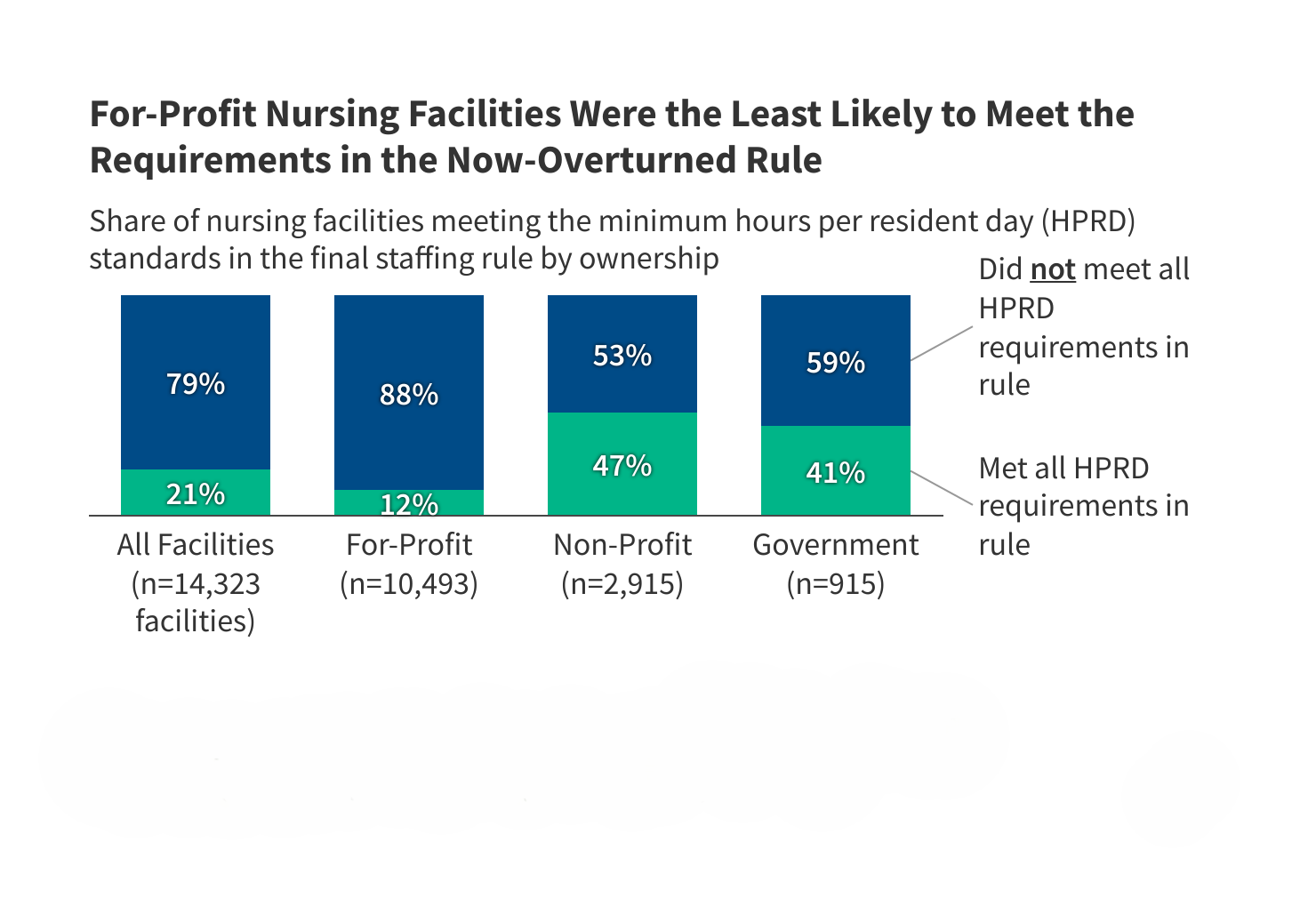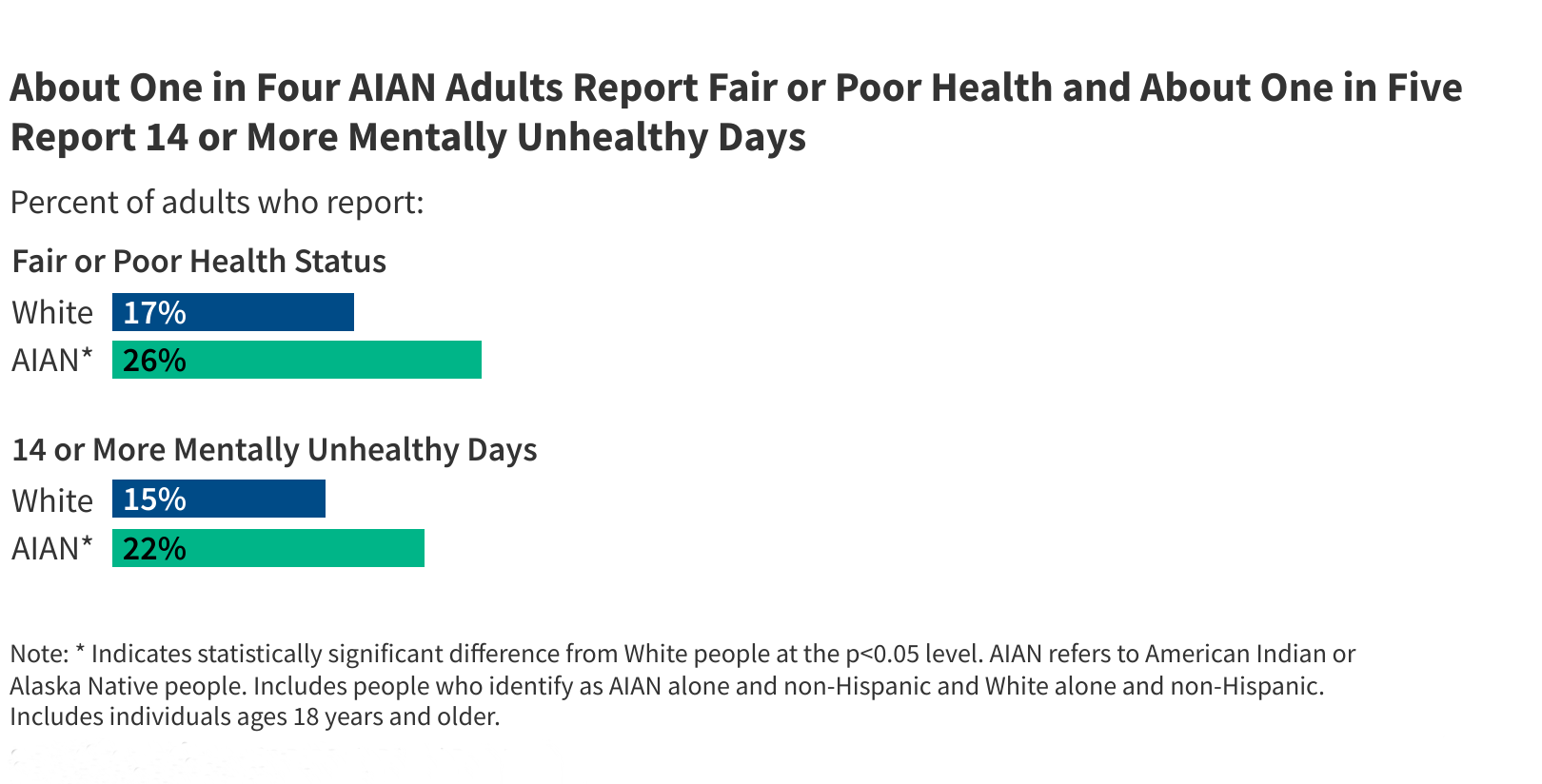On Monday, April 7, Judge Matthew Kacsmaryk in the US District Court for Northern Texas ruled to overturn key elements of a Biden administration rule that established the first-ever minimum staffing ratios for nursing facilities. The court’s opinion stated that the regulations ultimately overstepped CMS’ authority, noting “the agency lacks authority to eliminate consideration of a facility’s nursing ‘needs’ when prescribing minimum staffing standards”, and “any regulatory response must be consistent with Congress’s legislation governing nursing homes.”
The rule, finalized to address long-standing concerns about the effect of staffing shortages on the quality of care in nursing homes, has been mired in controversy since it was issued. The nursing home industry opposed the rule, suggesting it was too burdensome and costly, and could lead to nursing facility closures. Resident and family advocates and others supported the new staffing standards to address well-documented concerns about substandard facility conditions, unattended residents, and poor patient care. According to one estimate, the rule was projected to save 13,000 lives each year. In April 2022, the National Academies of Science, Engineering, and Medicine also recommended minimum staffing levels as part of its comprehensive report to improve nursing home quality.
The ruling overturned two requirements that were slated to phase in over time, but take effect no later than 2029 for all facilities:
- Facilities must have a registered nurse (RN) on duty 24 hours a day, 7 days a week (24/7 requirement);
- Facilities must have a minimum of 3.48 hours per resident day of total nursing care, including at least 0.55 hours of RN care and 2.45 hours of nurse aide care.
Before the rule had passed, the only federal requirements for nursing facility staffing were that, irrespective of facility size, there had to be one RN on staff for 8 consecutive hours a day and at least one RN or licensed practical nurse working for the remaining 16 hours. There were no requirements for nurse aides or minimum staffing ratios that would account for facility size. Updated data maintain that about 1 in 5 nursing facilities meet the now-overturned minimum staffing hour requirements, and the percentage of for-profit facilities (12%) that meet the requirements is lower than that of non-profit (47%) and government-owned facilities (41%).
The court left several other requirements from the staffing rule intact, including the requirement for state Medicaid agencies to report the percentage of Medicaid payments for institutional long-term care that are spent on compensation for direct care workers and support staff.
The future of nursing home regulation is unclear, though President Trump’s first term may provide some insight. During President Trump’s first term, CMS proposed regulations that rolled back or relaxed many of the 2016 Obama-era regulations, categorizing them as “unnecessary, obsolete, or excessively burdensome.” Those rollbacks were not finalized under his first term, though the Administration may reissue them or issue similar ones. Another open question is the fate of regulations issued under the Biden Administration aimed at promoting transparency around nursing facility ownership.
Congress has been considering legislative proposals as part of a tax and spending package to overturn the nursing home staffing rule which could have included up to $22 billion in savings over the next 10 years. It is unclear how the CBO will score these proposals in light of the recent court ruling, and it could depend on future court decisions and actions by the administration. The House budget resolution includes up to $880 billion or more in federal Medicaid reductions. Such reductions in Medicaid spending could have implications for nursing facility residents, since Medicaid covers 63% of all nursing home costs nationwide, and could lead to reductions in Medicaid payment rates for nursing homes, making it harder for nursing facilities to bolster staffing to improve the quality of patient care.
This work was supported in part by The John A. Hartford Foundation. KFF maintains full editorial control over all of its policy analysis, polling, and journalism activities.
Publisher: Source link










